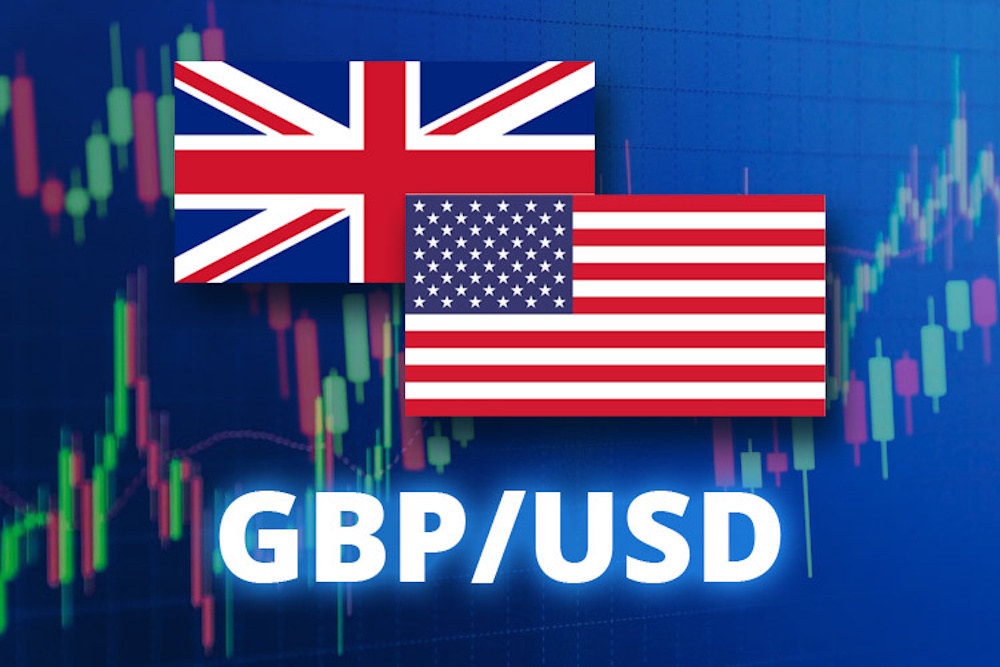The British pound sterling closed the week at approximately 1.3440, maintaining stability yet facing potential risks due to the ongoing U.S. government shutdown, which has clouded critical data like non-farm payrolls and created uncertainty regarding the Federal Reserve’s forthcoming actions. As markets navigate uncertainty, traders are relying on fiscal and political indicators from Washington and London to gauge short-term trends. The lack of the jobs report—usually a significant volatility factor—maintained narrow trading ranges, while the dollar’s steadiness indicated confidence in U.S. economic fundamentals. Equities remained close to all-time highs, while Treasury yields held steady, indicating that investors continued to prefer U.S. assets despite short-term disruptions. Latest forecast has solidified a medium-term optimistic outlook on the dollar, anticipating that GBP/USD will decline to 1.33 by the end of 2026. The bank anticipates a recovery in U.S. growth in the coming year, highlighting that the Federal Reserve is expected to maintain its institutional independence and refrain from implementing aggressive rate cuts.
Robust capital inflows into U.S. equities and Treasuries—considered unparalleled worldwide—are likely to sustain support for the greenback. Despite the immediate political distractions stemming from the shutdown, Credit Agricole posits that the inherent structural strengths of the U.S. economy, coupled with the absence of viable alternatives, will continue to support demand for dollar-denominated assets. The outlook in the United Kingdom continues to be overshadowed by fiscal pressures. The government is currently grappling with a public-debt burden that surpasses 114 percent of GDP, marking the highest level since World War II, alongside a projected deficit for 2024 approaching 5.8 percent. As the late-November Budget approaches, Chancellor Reeves faces the challenge of addressing a growing funding gap estimated between £20–40 billion, alongside increasing gilt yields nearing 5.6 percent, all while adhering to stringent fiscal regulations that require a declining debt ratio by 2029-30. Markets anticipate revenue-enhancing strategies instead of significant expenditure hikes, potentially encompassing frozen personal allowances, stricter inheritance tax regulations, and reduced fuel duty relief. The pound’s stability near 1.34 may falter if preliminary Budget leaks suggest increased taxation or more conservative growth projections.
The Bank of England continues to exercise caution regarding its rate policy. As inflation shows a downward trajectory while the labor market remains robust, decision-makers are hesitant to implement significant reductions in interest rates. The central bank’s cautious stance stands in stark contrast to the anticipated more accommodative approach of the Federal Reserve later in 2026. Any unexpected increase in wage data or inflation within the service sector may lead the BoE to maintain its current stance for an extended period, thereby providing indirect support for sterling. However, the market sees only modest potential for GBP/USD to exceed the 1.35–1.36 range, as the tightening of fiscal policy could suppress domestic demand, while U.S. yields continue to be appealing. In the G10 FX landscape, the pound lagged behind the euro while maintaining a stronger position compared to commodity-linked currencies. EUR/GBP remained around 0.8730, reflecting slight euro strength following favorable revisions to French industrial output. The current global environment is advantageous for the dollar, as most major currencies are adopting a defensive stance while investors prepare for the upcoming U.S. inflation data following the conclusion of the shutdown.
Morgan Stanley projects EUR/USD to reach 1.25 by mid-2026, whereas MUFG anticipates a target of 1.26 within the next 12 months, indicating a slight correction in the dollar’s trajectory. In contrast, Credit Agricole’s forecast for a dollar recovery emphasizes significant divergence within the market. Currently, GBP/USD is in a consolidation phase, with support levels identified at 1.3380–1.3410 and resistance levels at 1.3535–1.3560. A sustained close above the 1.3560 zone may lead to a target of 1.3650, whereas a breach below 1.3380 could indicate a decline towards 1.3300, consistent with Credit Agricole’s year-ahead forecast. Momentum indicators have flattened, indicating a state of indecision; however, the overall structure continues to support a gradual downside as long as the pair remains below its 200-day moving average around 1.3580. Market participants are closely monitoring the imminent CPI release in the U.S. and possible Budget announcements from the U.K. Treasury for insights on market direction.

